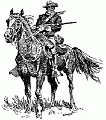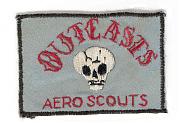is probably as old as you -- though admittedly far more common today than it was 40 years ago -- I have heard for over 60 years how "technology will change the rules."
As you have pointed out, an untrained tribesman with an old and rusty AK is still a threat. Technology still hasn't really managed to do more than slightly modify the rules...











Bookmarks